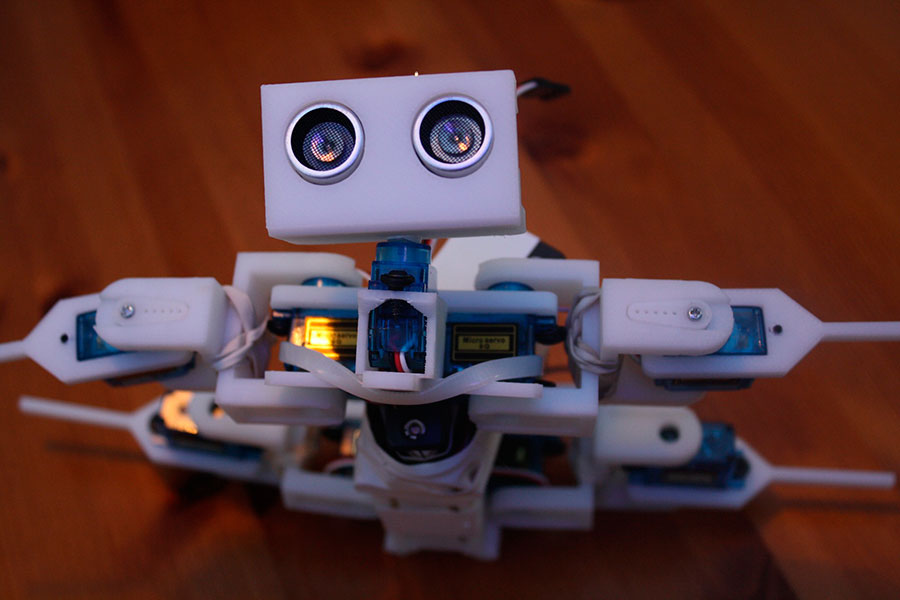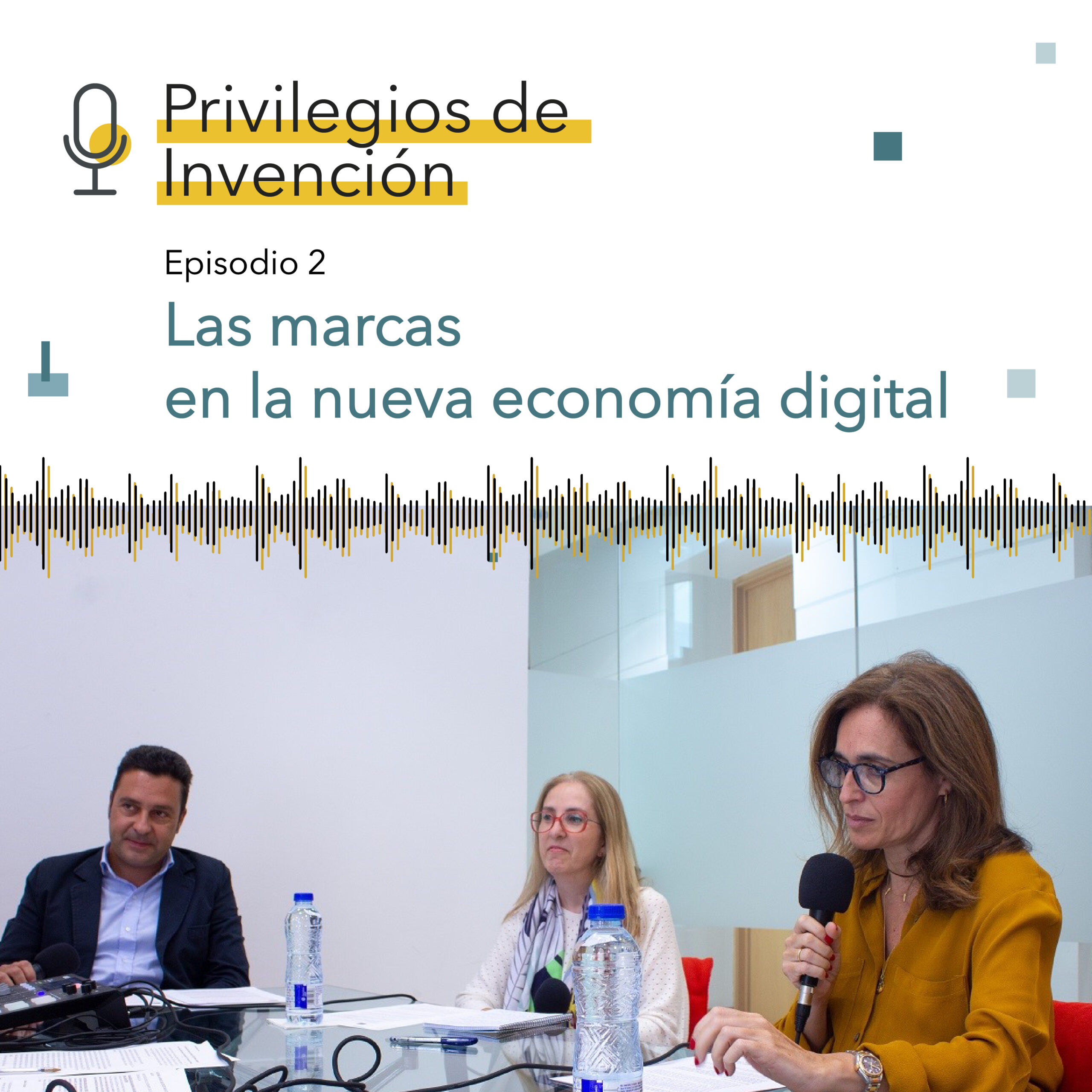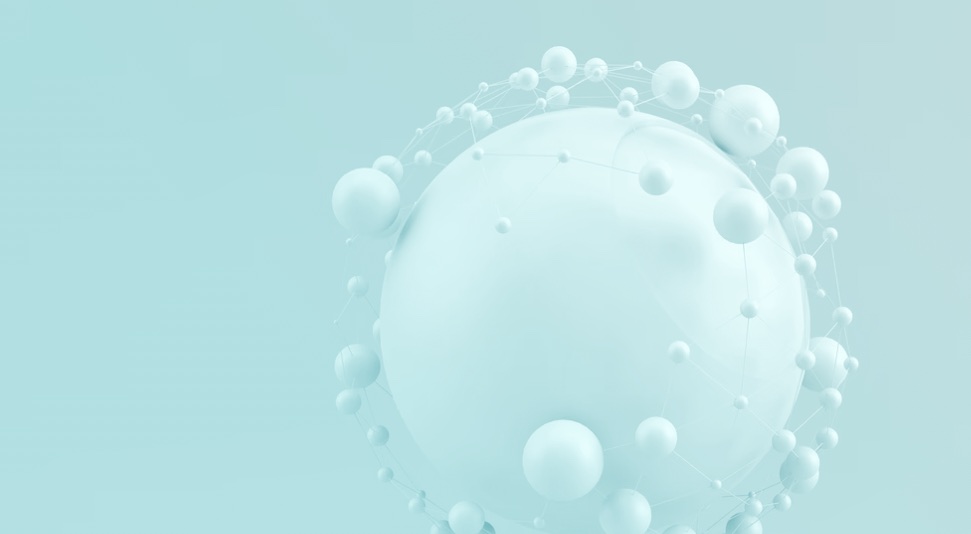Easy, fast and within reach of increasingly more people. Today, 3D printing is a growing technology that allows you to unleash your imagination and create a myriad objects. However, 3D printing often facilitates the infringement of industrial and intellectual property rights by inviting the “copying” of protected designs. What legal issues should we consider before using this type of printers? Our legal director, José Carlos Erdozain, clarifies some of the most common concerns on this matter.
Can an object protected by intellectual property rights be printed without the permission of the holder of such rights?
As the object is protected by such a right, any act of reproduction or use of it would be illegal, i.e. an act of infringement of the corresponding rights. However, as we shall see below, exceptions or limits to acknowledged exclusive rights may apply, in which case ‘printing’ would not be a prohibited act.
Does the printing company have any liability in this infringement?
In order to answer this question accurately, we should gather, on the one hand, more details on the factual situation of concern: Does the company that makes the impression know the illegality of the act that is entrusted to it? Under what circumstances is the order placed? Has it ever been summoned by the holders of the infringed rights? Does this company provide the principal with the protected content? Etc. On the other hand, we should also gather information on what kind of protection is available for such protected content that has been “printed.”
In any case, a crucial aspect is the knowledge that the “printing company” has of whether it is printing an object protected by intellectual property rights.
In principle, in the case of an object protected by an intellectual property right, if the printing company is not aware of the wrongfulness, it would not be liable. Normally, to avoid this exoneration, the difficulty of proving its knowledge of the infringement is a formal notification, thus printing company is notified not only of the fact of the infringement, but also the consequences of not ceasing to commit it.
In the case of rights protected by intellectual property in the industrial sector (patent, design, and even trademark), the principle is that the person who directly markets or exploits the object protected by that right is liable, whereas any other person who carries out an act of exploitation (e.g. import, manufacture, export, etc.) or other use of the object in question will only be liable to the extent that the company is aware of, and has been notified of, the infringement.
Thus, if the ‘printing’ company is aware of the infringement (printing without the authorization of the right-holder), it will be directly liable. Otherwise, it will only be liable to the extent of its knowledge of the infringement.
What are my rights if I am just a 3D printer user, i.e. anyone using this technology? Can it be considered “private copying”?
Certain acts performed by users of 3D printing technology may, in certain cases (it is not sufficient to be a user, more requirements must be met) be considered as exceptions to the exclusive rights of the right holder.
Thus, for example, in the field of designs and patents, certain acts performed by users in a private and non-commercial environment (expressly excluding any professional use) could, if the requirements were met, fall within the exceptions to the exclusive rights of the owner of the registrations involved, exceptions provided, in the case of designs, in Article 2(1)(b) of the Directive. 48.a) of Law 20/2003, of July 7, 2003, on the Legal Protection of Industrial Design or LPID, and in the case of patents, in art. 61.1.a) of Law 24/2015, of July 24, 2005, on Patents or LP (“acts performed in a private sphere and for non-commercial purposes”). ;
In the case of intellectual property, some laws of other countries have provided that such reproduction may be covered by the limit or exception of private copying, the legal boundaries of which are very strict (reproductions made within a domestic, non-professional, with prior lawful access to the work, non-profit, among others).
However, in our legal system we understand that it is not possible for a reproduction or 3D printing to qualify for this limitation. Fundamentally, the reason is that it is not the kind of reproduction of a work that is allowed under this limitation. Note that private copying refers to the reproduction of books or similar works, videograms or phonograms. On the other hand, there are no 3D printers in the list of playback or printing devices that are subject to the private copying compensation payment. We therefore believe that the legislator did not want this type of impression to be covered by this exception, even if the corresponding compensation is paid for private copying. In other words, it would be a reproduction subject to a specific license or authorization by the right holder.
Would it be legal to print a protected model if I make my own modifications with a design program on it?
Depending on the type of protection that the model has that the user downloads and modifies, we could find ourselves facing different scenarios:
(i) if the downloaded and modified work is a copyrighted work, the consent of the author of the original work would be required for both acts of reproduction (downloading, copying) and transformation (making modifications), so that the person making the modifications (who, in any case, should provide the new work with a sufficient degree of originality) can assume ownership of the rights over the transformed work without infringing the rights of the former right-holder. It should be remembered here that, in the field of intellectual property, registration does not constitute law (registration of the work is not mandatory for the right to exist).
(ii) if the downloaded and modified design is an industrial design and the modifications made are not relevant and do not succeed in dispelling the association between the original and the modified design, it seems that the requirements of novelty and individual character required by the LPDI to provide protection for this “new” design would not be met, making it very difficult to register it. All the more so as the design that this user modifies will be part of the “state of the art” that will be taken into consideration to assess the novelty of the “new” design when applying to its registration. Furthermore, depending on the user’s conduct before and after the modification (if, for example, he/she performs acts of exploitation of the ‘new’ design, which is not new as of yet), we could even be faced with an alleged infringement of the original design.
If the modifications are significant and give the new design a novelty and unique character, the user could request its registration with the corresponding body and, if necessary, obtain the desired protection.
And what would that involve in the case of patents?
In the case of patents, the registration of a new patent implies that it meets the requirements of novelty, inventive activity, and industrial application. Therefore, what is relevant for registration is that the legal patentability requirements are met. It should be considered, as in the case of designs, that the original patent will be considered as “state of the art” for the assessment of the “new”, so that if the new invention does not have sufficient differentials, it will not be patentable because it does not meet the requirement of inventive activity.
With regard to the legality of the act of downloading prior to the modification and the subsequent acts of exploitation of the ‘new’ patent (which has not succeeded in meeting the requirements to be a ‘new’ patent), it would be necessary to know what the specific activity of the user has been in order to determine whether or not an infringement of the original patent has taken place.
In any case, what must be clear is that, in any of the three areas referred to (intellectual property, designs, and patents), the fact of introducing any modification to a protected work, design or patent to which the user may have had access through technology related to 3D printing (i) does not necessarily prevent an infringement of the rights of the owner of the work/design/patent protected; (ii) neither it automatically grants any rights to that user over the ‘new’ creation.




